In project management articles, a common refrain cites a startling statistic: “70% of projects fail.” It’s a figure that grabs attention, but upon closer examination, it prompts questions. What exactly constitutes a failed project? How do they even define a project in the first place?
Digging deeper, this statistic originated from a 2010 research conducted by KPMG New Zealand, an accounting advisory firm. They surveyed “100 businesses across a broad cross-section of industries,” revealing that 70% of organizations reported experiencing at least one project failure in the preceding 12 months.
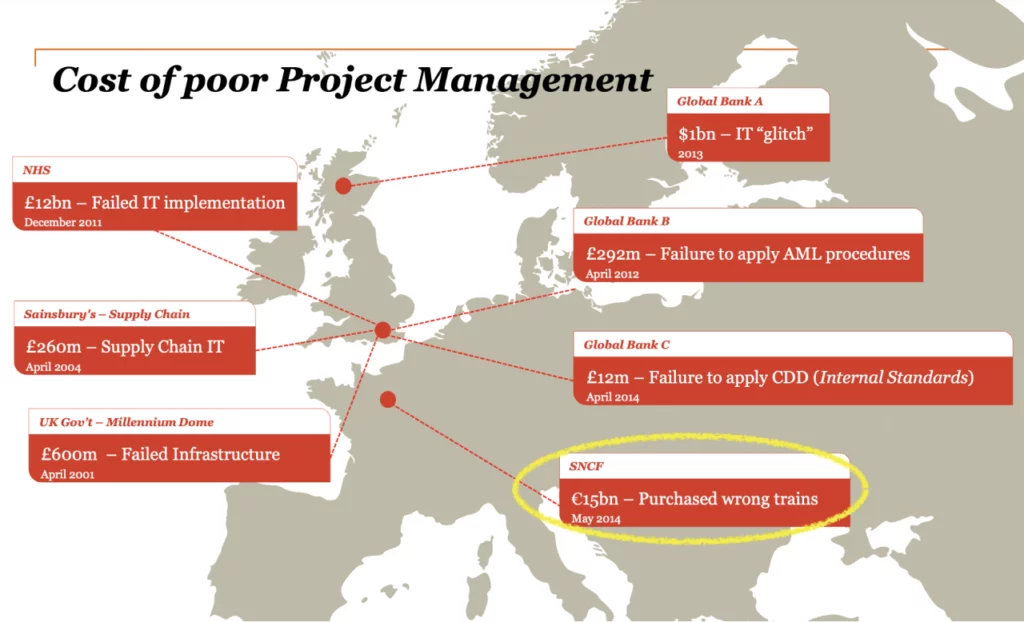
However, it’s essential to note that 100 businesses may not represent the entire spectrum of industries, and the study itself is a decade old. Does this mean we should dismiss concerns about widespread project failures? Not quite. Assuming that the landscape has dramatically shifted since then would be overly optimistic.
Understanding the Probability of Failure:
Returning to the notorious 70% figure, why does it strike such a chord? Firstly, it sheds light on the often overlooked success rate of projects. Secondly, it underscores the survivor bias prevalent in our perception.
We’re conditioned to believe in the narrative of hard work leading to success, perpetuated by Hollywood and success stories of famous individuals. Yet, the tales of failure are less glamorized, with failed products fading into obscurity. We see the triumphs but overlook the failures.
To counter these biases, let’s turn to the data. A more recent study by PwC (2014) examined 10,640 projects in 200 companies across 30 countries and diverse industries. The findings revealed that only 2.5% of companies successfully completed 100% of their projects.
Even projects that don’t outright fail often fall short of expectations. A joint study by McKinsey and the University of Oxford highlighted that “large IT projects run 45 percent over budget and 7 percent over time while delivering 56 percent less value than predicted.” With over 5,400 IT projects analyzed, all with initial budgets exceeding $15 million, the scale of these deviations is staggering.
Causes of Product Failure:

Product failure can occur due to various reasons, ranging from conceptualization to execution phases. Understanding these reasons is crucial for mitigating risks and increasing the chances of project success. Let’s delve into some of the common causes of product failure:
- Poor Idea Generation: Product failure can stem from flawed initial ideas. When ideas are sourced from top-down without team participation or thorough validation, they may lack market fit or fail to address genuine customer needs.
- Inadequate Business Case: A robust business case is essential for planning financial aspects and preventing failures. However, creating a business case without sufficient data can be worse than not having one at all, as it may lead to unrealistic expectations and misallocation of resources.
- Overestimation in Product Roadmap: Similar to the business case, the product roadmap can suffer from overestimation, especially regarding future outcomes and timelines. Unrealistic expectations may set the project up for failure by not accounting for potential challenges and iterations required for success.
- Incomplete Requirements Gathering: Product managers play a crucial role in gathering and documenting requirements. However, failure may occur when product managers fail to understand their broader responsibilities beyond requirements gathering, such as aligning the product with strategic objectives and user needs.
- Underappreciation of Design: Design is often underestimated and misunderstood, leading to suboptimal product experiences. When designers are given finished solutions to create interfaces for, they may lack the opportunity to influence the overall product’s success through user-centered design principles.
- Late Involvement of Engineers: Involving engineers late in the process can hinder innovation and user-centricity. Both designers and engineers should participate in the early stages to ensure seamless integration of design and functionality.
- Late Adoption of Agile Methodology: Agile methodology, when introduced late in the development process, may fail to realize its full potential. Starting agile practices early enables teams to iterate, adapt, and respond to changing requirements more effectively.
- Project-centricity Over Product Outcomes: Viewing work solely in terms of projects rather than outcomes can lead to shortsightedness. While projects are outputs, products require ongoing attention to deliver desired outcomes and value to customers.
- Delayed Customer Validation: Customer validation should not be an afterthought but an integral part of the product development process. Delayed validation increases the risk of investing resources in products that fail to resonate with customers.
- Opportunity Cost of Time Wasted: Time spent on projects likely to fail represents missed opportunities. Early testing and iteration can minimize the time wasted on unsuccessful endeavors, allowing resources to be redirected toward more promising initiatives.
Real Life Cases of Product Failures:
Failure #1: Apple Newton

When smartphones come up in conversation, the immediate association is typically the iPhone – a testament to Steve Jobs’ visionary prowess and one of his most triumphant endeavors. However, amidst his successes, Jobs also ventured into less fortunate territories, encountering setbacks such as the Apple Newton.
The Apple Newton emerged in the early 1990s as a line of personal digital assistant (PDA) products, a time when mobile phones were rudimentary devices primarily for calls, lacking the sophistication we now take for granted. In contrast, the Newton boasted a touchscreen interface and an array of features, including organizational tools and a calculator.
Undoubtedly ahead of its time, the Newton faltered for several reasons:
Price: With a staggering retail price of $2,495 in 1993 (equivalent to approximately $5,250 today), the Newton was a luxury beyond the reach of most consumers. Technological limitations: Despite promising handwriting recognition capabilities on paper, real-world performance was dismal, compounded by short battery life and subpar overall performance. Unclear marketing: Apple’s marketing efforts centered around handwriting recognition, failing to effectively convey a compelling use case or target audience for the Newton. Ultimately, these deficiencies led to the discontinuation of the Newton in the late 1990s.
Lesson Learned: Sell a Solution, Not a Novelty
While the Newton boasted impressive features like touchscreen functionality and handwriting recognition, its downfall serves as a reminder that a product’s success hinges on addressing users’ needs rather than merely offering flashy features.
Successful products solve problems or fulfill specific needs, requiring thorough understanding of user pain points. Product development entails extensive research and analysis to create offerings that resonate with consumers, recognizing that people purchase solutions, not just products.
Learn about product development courses here.
Failure #2: Microsoft Zune
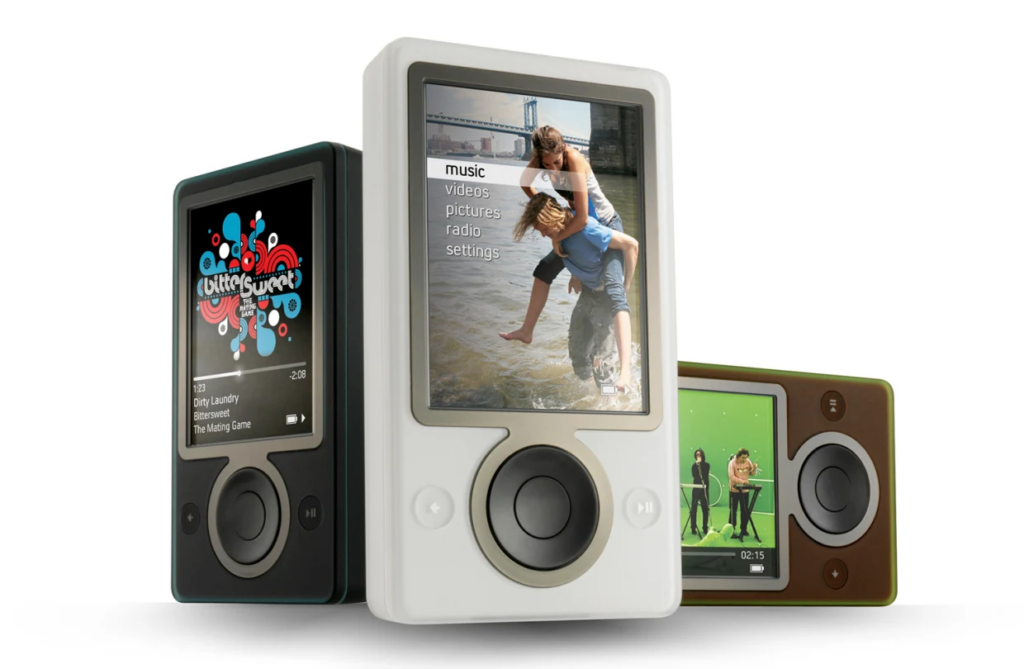
In the heyday of iPods, high school and college campuses were awash with students sporting those iconic white earbuds, grooving subtly to the rhythm of their playlists. But amid the iPod craze, there lurked the Zune—a device you either don’t recall at all or dismiss as “uncool.”
Microsoft’s foray into the digital media player arena, the Zune emerged as a desperate contender against the iPod juggernaut that swept the globe in the early 2000s. Despite boasting an aesthetically pleasing design and respectable features such as music playback, radio, and video capabilities, the Zune grappled with significant shortcomings:
Late entry: Upon its debut, the Zune found itself in the shadow of the already entrenched iPod, which boasted a loyal following, substantial market share, and a well-established brand. Weak ecosystem: Unlike the seamless integration of iPods with iTunes and MacOS, the Zune lacked a comparable ecosystem, hindering access to content and services. Limited differentiation: The Zune’s features and functionality closely mirrored those of the iPod, failing to offer compelling reasons for consumers to choose it over the competition.
Despite Microsoft’s earnest efforts and substantial marketing expenditure, the Zune struggled to gain traction and met its demise in mid-2012 when Microsoft discontinued it.
Lesson Learned: Embrace Your Unique Value Proposition (UVP)
The Zune’s downfall underscored the importance of a distinctive value proposition. Without a clear UVP, the market perceived it as a lackluster alternative to the iPod.
Understanding and articulating your UVP is paramount in validating startup ideas. It’s what sets you apart from competitors. For instance, Google Chrome emphasizes speed, while Brave prioritizes privacy.
Whatever your UVP may be, it’s essential to ensure that consumers recognize you as the leader in delivering that value proposition better than anyone else in the market.
Failure #3: Google Glass
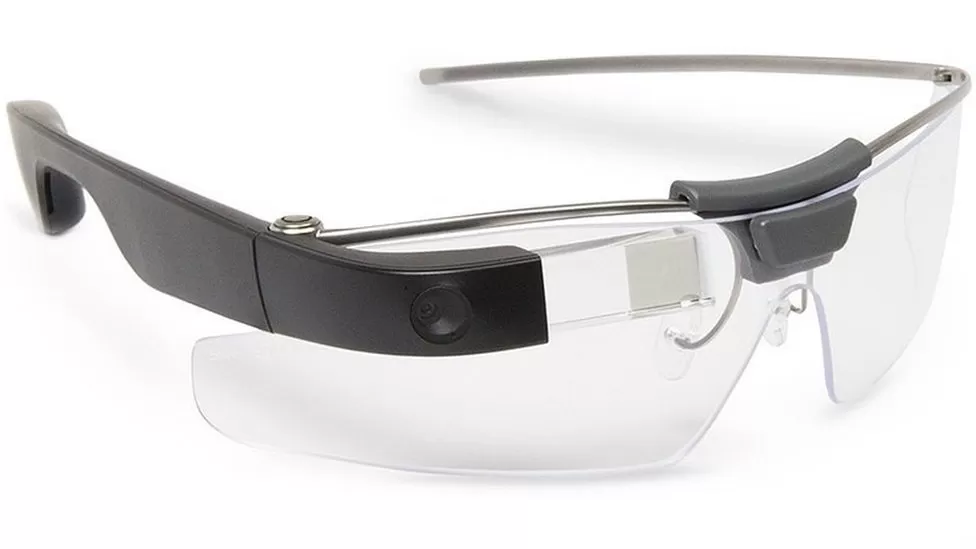
I vividly recall the sheer fascination I felt upon watching the demo video of Google Glass for the first time. It was like witnessing a piece of science fiction materialize into reality—a gadget straight out of a futuristic movie.
Google Glass, a pair of glasses boasting an integrated augmented reality screen, promised a revolutionary user interface that captured imaginations.
I’m certain I wasn’t alone in envisioning smart glasses as the harbinger of the future when Google unveiled this innovation. However, Google Glass failed to meet expectations and encountered a host of issues, including:
Price: Priced at around $1,500, Google Glass was beyond the reach of all but the most affluent tech enthusiasts, severely limiting its target market. Social acceptance: Wearing Google Glass carried a social stigma, with many perceiving users as invasive due to the device’s capability to discreetly capture photos and videos without the subject’s awareness. Design and user experience: The bulky design of Google Glass proved cumbersome, contrasting with the lightweight frames users were accustomed to, making its wear feel inconvenient.
Unsurprisingly, Google Glass floundered, and the tech giant was forced to abandon the project.
Lesson Learned: Prioritize Social Acceptance in Revolutionary Designs
Introducing entirely novel concepts to the market carries the risk of users feeling socially awkward or stigmatized. It’s akin to navigating the transition from horse carriages to automobiles—a shift that can leave users feeling out of place.
To mitigate this, it’s crucial for designers to anticipate and address social acceptance concerns. In the case of Google Glass, finding solutions to privacy issues related to smart glasses could have alleviated social apprehensions and potentially altered the product’s trajectory.
Failure #4: Samsung Galaxy Note 7
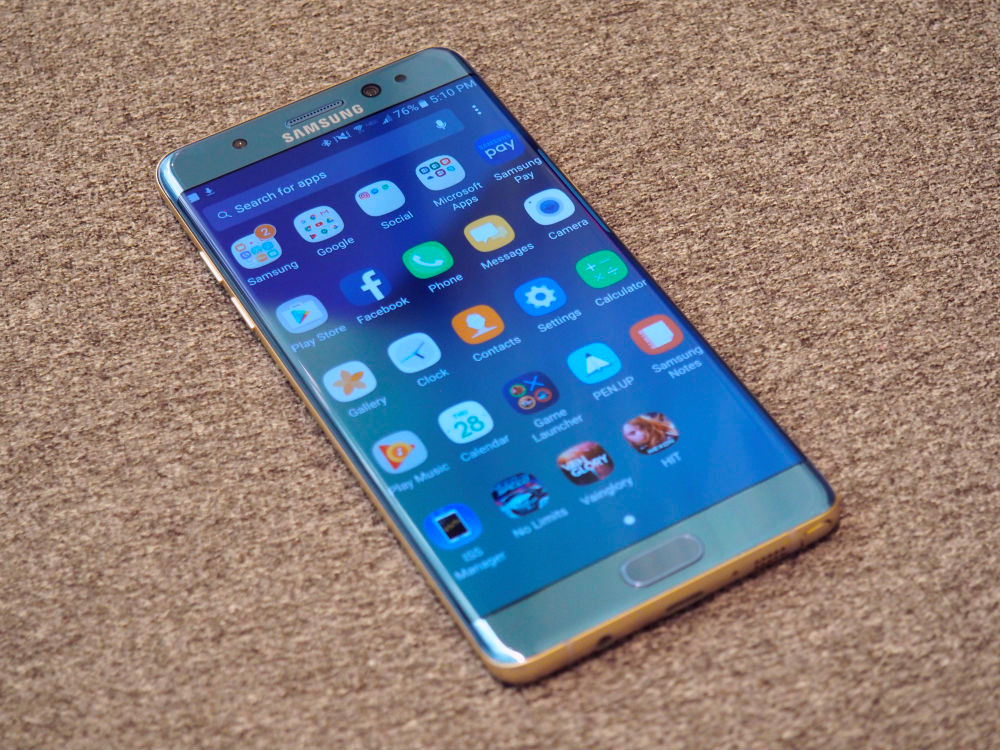
Samsung’s Galaxy Note series has long been the preferred choice in my family, with both my wife and I relying on various models from this lineup as our daily companions. Indeed, Samsung has earned praise for delivering exceptional smartphones to the market.
However, amidst the successes of this series, one model stands out for all the wrong reasons: the Galaxy Note 7.
The notorious reputation of the Galaxy Note 7 stems from a catastrophic technical flaw with its batteries. Owing to a confluence of technological, safety, and quality control deficiencies, the batteries were prone to ignition, transforming the device into a portable fire hazard.
This sparked a PR crisis as reports surfaced of users sustaining burns and injuries, prompting airlines to ban the device from their flights.
Compounding the issue was Samsung’s sluggish response to the crisis. By the time they fully grasped the magnitude of the problem and initiated corrective measures, irreparable damage had been done to both Samsung’s reputation and the Galaxy Note series.
In fact, Reuters estimated the total financial toll of this debacle at approximately $17 billion.
Lesson Learned: Prioritize Safety and Security to Safeguard Reputation
Recovering from a tarnished brand reputation is an arduous endeavor. From a financial standpoint alone, it’s far more economical to invest in robust safety and security measures than to grapple with the fallout of a damaged reputation.
However, beyond financial considerations, the safety, security, and well-being of customers should always be paramount. Neglecting these aspects not only jeopardizes brand integrity but also undermines trust and loyalty—a cost far too steep to ignore.
Failure #5: Amazon Fire Phone
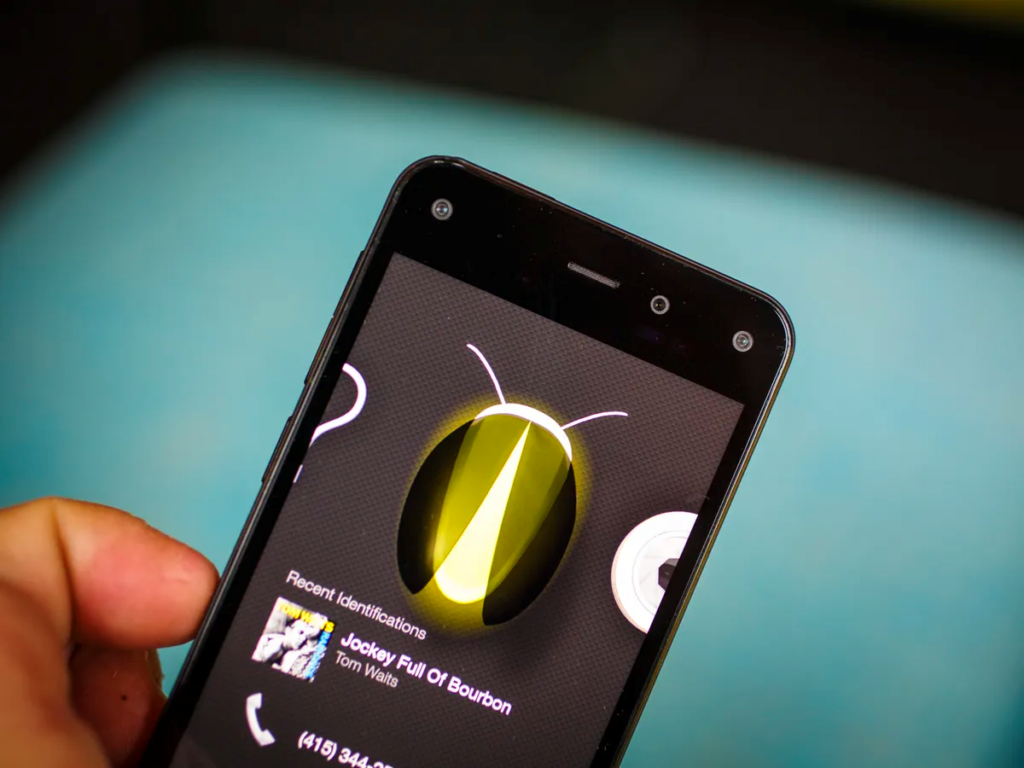
Let’s delve further into the realm of smartphones, recalling the era when every player sought entry into the market with their offerings. One such notable, albeit underwhelming, contender was the Amazon Fire Phone. photo of amazon fire phone.
Using the Fire Phone, one could discern that Amazon’s motivation seemed more about entering the smartphone domain than crafting a compelling product tailored to customer needs.
The primary selling point of the Fire Phone was its integration with Amazon’s ecosystem, primarily focused on facilitating purchases from their eCommerce platform. However, beyond shopping integration, Amazon’s ecosystem lagged behind Android and Apple in nearly every other aspect, resulting in the Fire Phone’s resounding failure.
Lesson Learned: The Power of Ecosystems
In today’s digital landscape, products don’t exist in isolation. Customers typically use multiple products simultaneously to fulfill their needs. For example, listening to music involves a smartphone, a streaming app, Bluetooth earbuds, and more.
Crucially, customers gravitate towards products and solutions offering seamless integration within dominant ecosystems. Take Apple, for instance, with AirPods seamlessly connecting to iPhones for a cohesive user experience.
The failure of the Fire Phone underscores the importance of either developing a robust ecosystem rivaling competitors or ensuring seamless integration into existing dominant ecosystems.
Failure #6: HP Touchpad

The early 2010s witnessed the emergence of a new product category ignited by Apple’s introduction of the iPad, prompting a rush of competitors eager to claim a stake in the burgeoning tablet market.
HP joined this fray with the HP Touchpad, an earnest attempt to compete with the iPad. photo of hp touchpad.
Unlike the Fire Phone, the Touchpad wasn’t inherently flawed, boasting a respectable array of features and a decent user experience. However, it suffered from several shortcomings, including:
Weak app store: HP struggled to entice app developers to its webOS operating system, resulting in a limited app library. Poor performance: In contrast to Apple’s products, the Touchpad lagged behind in performance, experiencing sluggish load times and frame rates. Pricing: Despite a price comparable to the iPad, the Touchpad’s price-performance ratio fell short of its Apple counterpart.
Coupled with missteps in positioning and marketing, these factors led to HP discontinuing the Touchpad a mere 49 days after its launch event—a swift and painful exit from the market.
Lesson Learned: Nurturing Third-Party Content
For products reliant on third-party content, fostering a vibrant ecosystem is crucial. Microsoft’s success with Xbox underscores this point: by ensuring compatibility with DirectX and facilitating easy porting of PC games, Microsoft attracted developers and secured a wealth of quality content for the platform.
Investing in third-party content not only enhances product value but also fosters consumer preference, driving adoption and success in the market.
Conclusion:
Perhaps the most salient lesson to be gleaned from the annals of tech history is the immutable truth that success is neither guaranteed nor static. The same companies that once basked in the adulation of the masses can find themselves cast into the shadows by the relentless march of progress or the emergence of disruptive new technologies. In the mercurial world of technology, complacency is the surest path to obsolesce.
Thus, the imperative for companies—both fledgling startups and entrenched industry leaders—is clear: embrace the uncertainty, iterate relentlessly, and remain ever-vigilant to the shifting winds of change. In an industry where the only constant is change itself, adaptability is not merely a virtue but a survival imperative.
FAQs on Product Failures:
How do you minimize the risk of product failure?
Conducting thorough market research, soliciting feedback from potential users, and running pilot tests or prototypes can help identify potential issues early on. Additionally, fostering a culture of innovation and adaptability within the organization can enable quicker responses to changing market dynamics.
Is it ever possible to guarantee the success of a product?
No, there are no guarantees in the world of product development and innovation. Even products from established companies with successful track records can fail due to various factors such as market shifts, competition, or unforeseen user preferences. However, thorough planning, continuous improvement, and a willingness to learn from both successes and failures can increase the likelihood of success.
How important is it to listen to customer feedback?
Customer feedback is invaluable in understanding their needs, preferences, and pain points. By actively listening to customer feedback, companies can make informed decisions about product development, iterate on existing features, and tailor their offerings to better meet customer expectations, ultimately increasing the chances of success.



